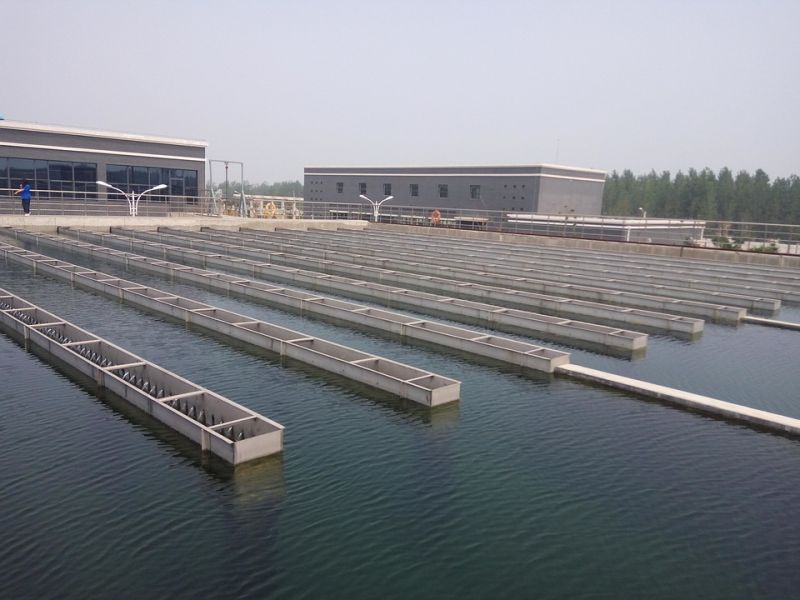Turn on Desal Plant in Wet Years to Beat Next Dry
Published on by Water Network Research, Official research team of The Water Network in Academic
Melbourne's water storages could collapse during the next big drought unless the city's dams are regularly fed with desalinated water, even during times of good rainfall, a senior water planner says.
By Adam Carey

Image source: Pixabay
Chris Williams, the manager of integrated planning at Melbourne Water, rejected the notion that Victoria's multibillion-dollar desal plant should only be used when the city's dams start to run low.
He warned that such a policy would risk a repeat of the collapse of Melbourne's water storages in 2006, at the peak of the so-called Millennium drought, when Melburnians saw dam levels fall 20 per cent in just one year.
The accumulative effect of 13 years of low rainfall and low stream flows saw Melbourne lose 360 gigalitres of water – about 20 per cent of the city's storages – in 2006.
The desalination plant is capable of producing up to 150 gigalitres of water in a year, well under half of what the city lost at the height of the drought.
"If you are just relying on watching the levels in storages gradually diminish, and then turn on the desal plant as an 'in case of emergency break glass' option, then you're going to fail," Mr Williams said.
Addressing a public forum on national water reform, Mr Williams said the vast Thomson dam, east of Melbourne, was the city's best defence against drought.
When full it contains 60 per cent of Melbourne's stored water.
The Productivity Commission released its draft report into national water reform.
It found Australia's cities need to plan better to ensure water supply is secure in a time of rapid population growth and climate change.
Consumers in Melbourne and Perth would pay between $3.2 billion and $4.2 billion over 20 years for desalinated water, due to rushed and poorly planned desal projects, the Commission found.
Mr Williams said to guard against Melbourne's next drought it made more sense to use desalinated water and preserve the water in the Thomson Dam.
"It really underpins water security and our ability to be resilient against those long-term droughts," Mr Williams said.
Read full article: Brisbane Times
Media
Taxonomy
- Treatment
- Resource Management
- Water Resource Management
- Water Supply
- Desalination
- Sustainable Desalination
- Water Supply
- Desalination